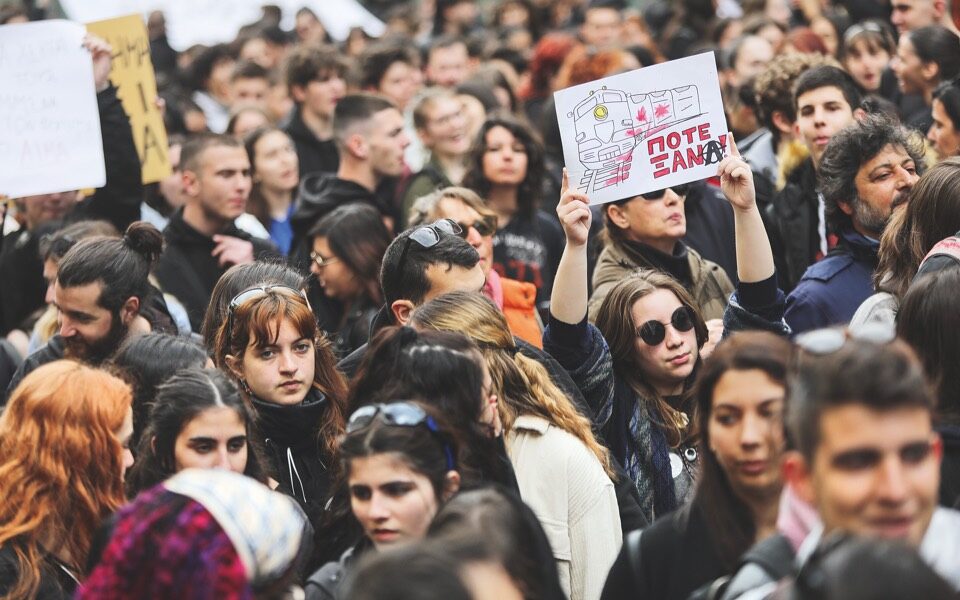For our old jew’s harps and their nauseating plumes, it’s the swan song. In order to improve air quality, the law now requires the 43 French cities to create Low Emission Zones (ZFE): the most polluting vehicles will be banned there by 2025, i.e. i.e. those with a Crit’Air 5, 4 or 3 sticker as well as those older, and therefore not eligible for any macaron. All the agglomerations of more than 150,000 inhabitants (in Paca: Aix-Marseille Avignon, Nice, Toulon) will have to define more or less wide perimeters of exclusion. It is urgent: atmospheric pollution is responsible for at least 40,000 premature deaths each year in France.
After a period of adaptationpedagogic“for three months, access to the city center of Marseille and its surroundings, i.e. a perimeter of 19.5 km², has been prohibited since January 1 for diesel vehicles whose first entry into service is between January 1, 1997 and December 31, 2000 (and subject to the Crit’Air sticker 5. And it’s not over. From September, the same will apply to diesel cars registered between the years 1997 and 2005. Finally in 2025, the all petrol vehicles put into circulation between 1997 and 2005, and diesels registered until 2010 will follow suit.
Compulsory vignette for the Velodrome or the Dôme
We have verified it: it is a real purge that is preparing for the car fleet. Our colleague from Parisian had already pointed out that 37.2% of cars in circulation in French cities could be banned within two years. In Marseille, it is barely less, with 135,791 vehicles concerned, or 33.3% of the city’s total fleet (407,333). If we focus on the Aix-Marseille metropolis, 397,632 cars (35.4% of the total fleet) will be denied access to downtown Marseille, but also to the business districts of Marseille. ‘Arenc and Joliette.
Ditto for visitors: to come for treatment at the CHU de la Timone, to attend a match at the Vélodrome or a concert at the Dôme, everyone, Marseillais living outside the ZFE, tourist or inhabitant of another Provençal department, must bring the precious sesame and affix it to your windshield (Crit’Air vignettes 0 to 4 today, from 0 to 2 in a year and a half). Virtuous for public health, in a city known to be one of the most exposed to polluting emissions, this system will however come up against the same pitfall as the law on the energy renovation of buildings: it first strikes the most modest, those who cannot afford to buy a new vehicle.
The maps that we publish, with the help of the collective of data journalists from the regional press “Data + local”, thus overlap almost perfectly: the districts of Marseille which include the largest share of polluting vehicles, i.e. say classified Crit’Air 5, 4 or 3 (as well as non-eligible) are also those where the poverty rate soars. It exceeds 45% in the 1st, 14th and 15th arrondissements and concerns, in the 3rd, more than one inhabitant in two, ie 24,000 people (52%). However, 52% is also the share of vehicles registered in this arrondissement which will no longer be able to drive in the ZFE in 2025. The poorest arrondissement in France, the 3rd is also, in France, the territory where the proportion of polluting cars is the most important. A rate that peaks at 47.6% in the 15th arrondissement, part of which is also integrated into the ZFE. A trend that can be found in the municipalities of Bouches-du-Rhône where the per capita income is the lowest: 45.2% of private vehicles in Miramas, 43.7% of those in Port Saint-Louis du Rhône or another 43.6% of those in Port de Bouc will be driven out of downtown Marseille in 18 months. Conversely, the two municipalities where the “cleanest” driving is also the “richest”: Saint-Marc Jaumegarde (25.7%) and Gémenos (26.1%). Plan-de-Cuques, at the gates of Marseille, comes in 3rd position (26.1%).
A two-speed mobility offer: the EPZs will deepen pre-existing inequalities. By rebound effect, this will affect us all: indeed, deprived of a car, without adequate public transport, how will the employees of hospitals and nursing homes, construction or the hotel and catering industry, cleaning and security, so many sectors already facing a historic recruitment crisis?
While the latest IPCC report was published this morning, the territory, having for decades only thought of its development in the light of cars, is now up against the wall. And its poorest are on the front line.
Sources: AAA Data, Ministry of Energy Transition, Insee, Observatory of Inequalities.


